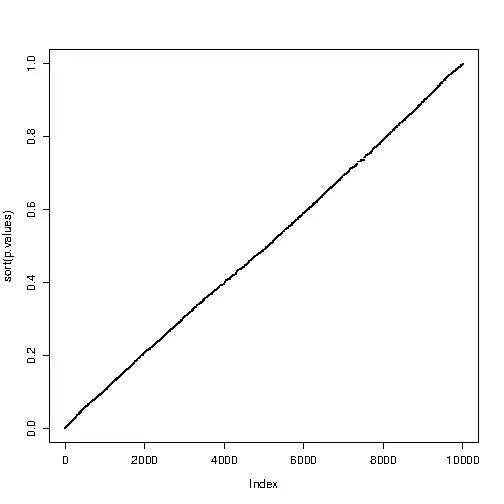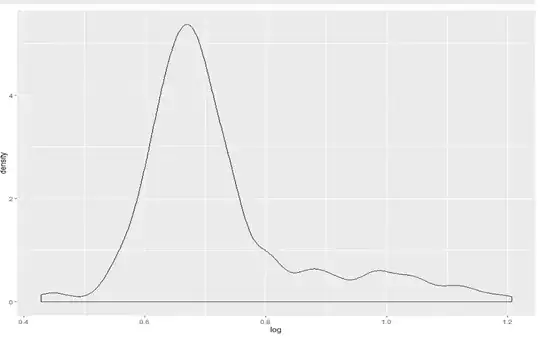I would like to test the correlation between a quantitative continuous variable normally distributed (body mass index) and a quantitative continuous variable positively skewed (kurtosis=5, skewness=2)(see picture). As recommended, I log10 transform my data to get a normal distribution but it is not really convincing.
What is your recommendations to test the correlation between the two variables?
PS: would you have a good recommendation for statistic book that explain how to handle "non common" distributions tests and choose the best statistical test depending on your situation, I am also interested.
I am using R as statistical software.


